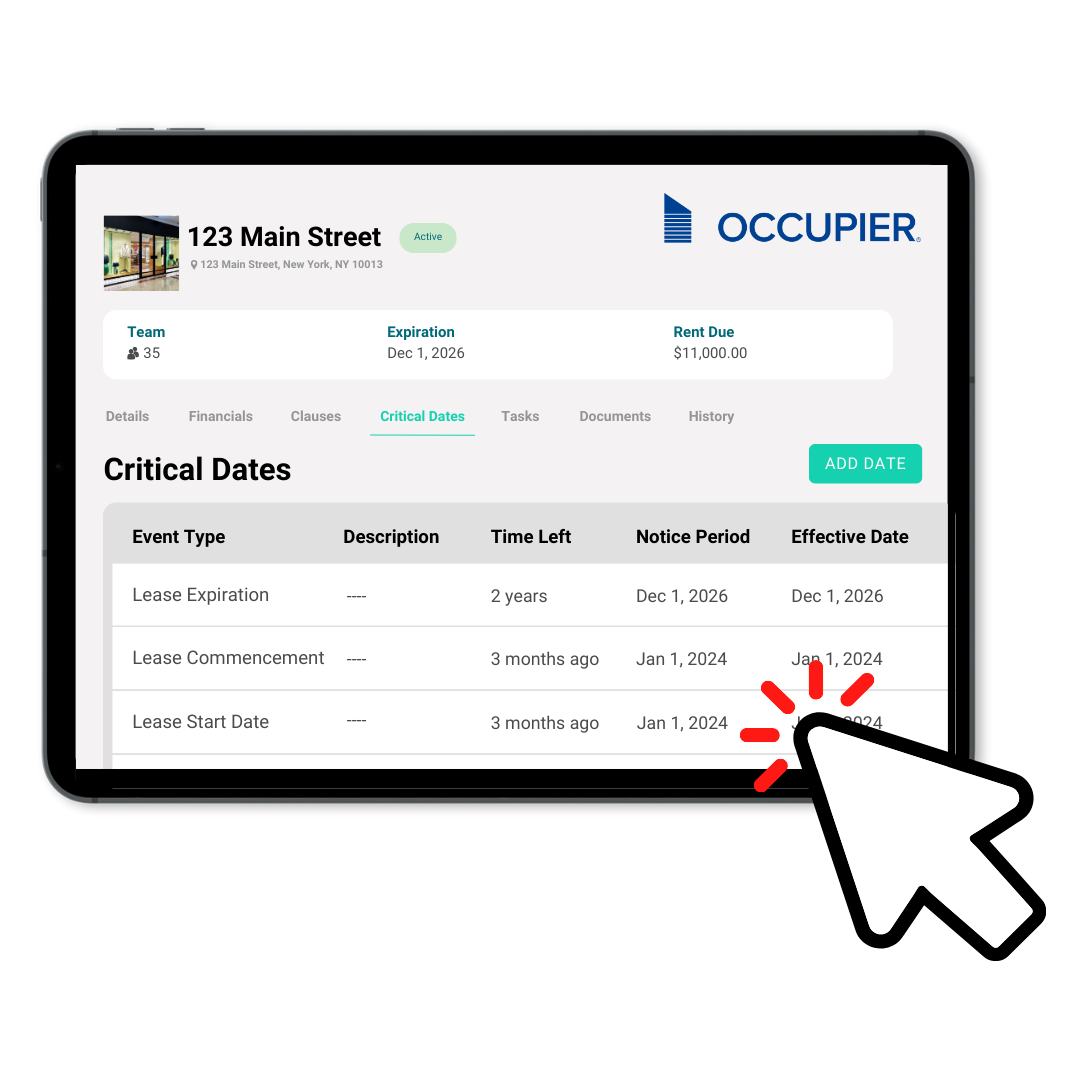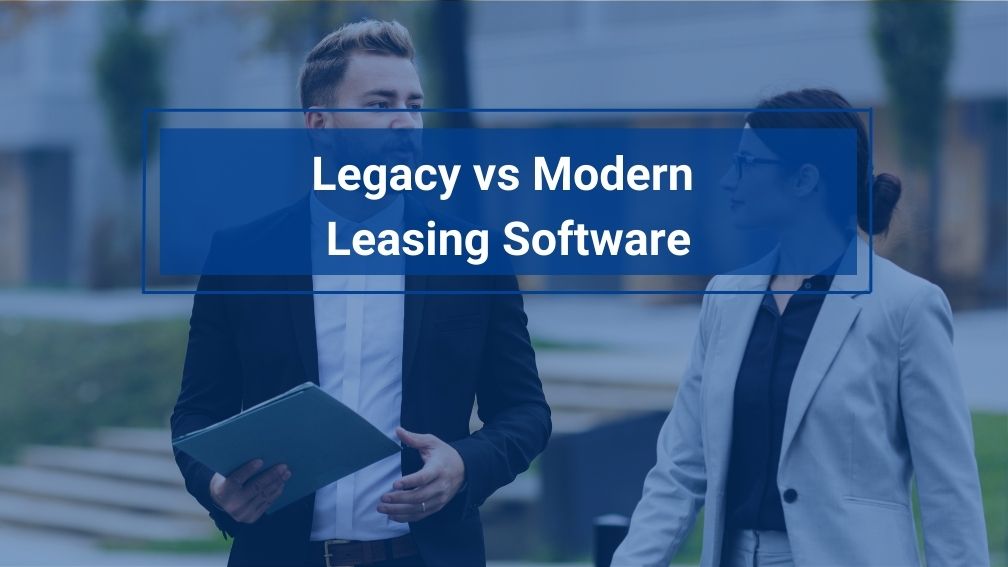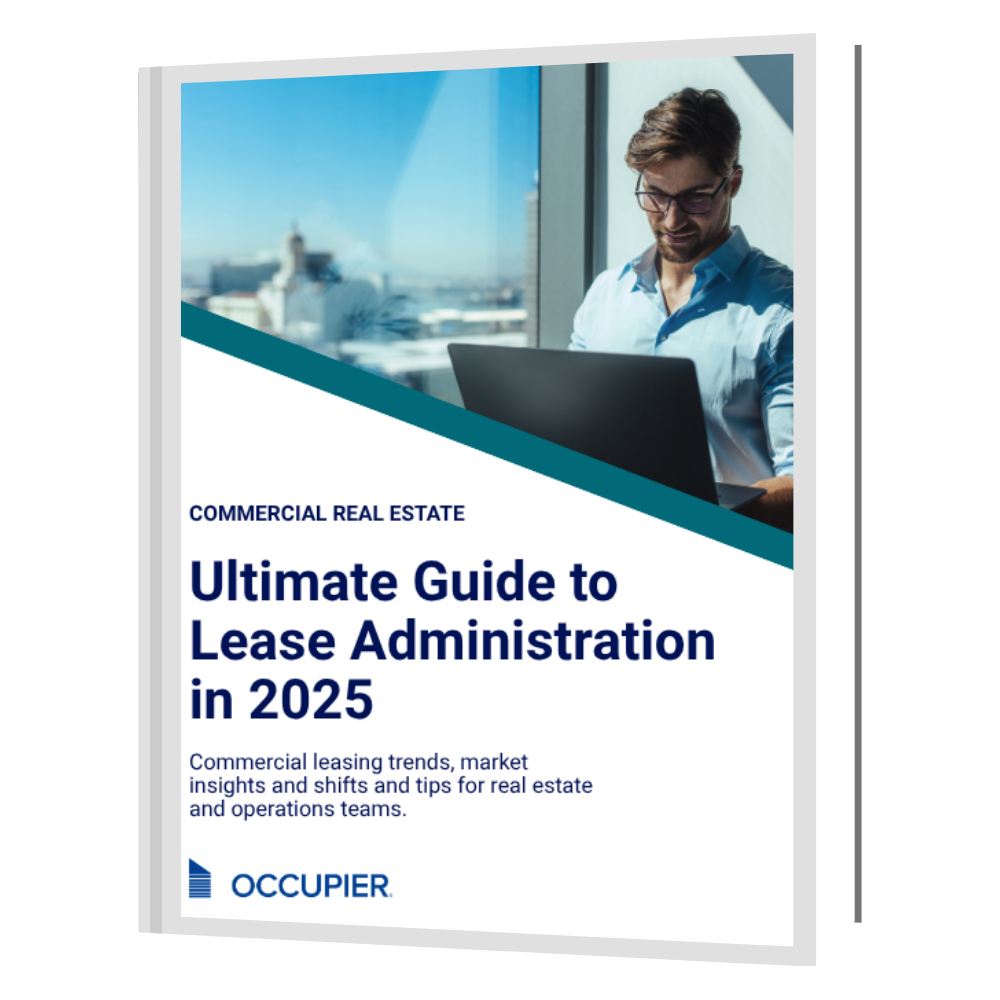Leasing Software: Legacy Tools vs Modern Tech
Last Updated on July 28, 2025 by
The real estate technology revolution isn’t on the horizon—it’s already reshaping how companies manage their leasing process. Legacy tools once considered innovative now stand in stark contrast to modern platforms that streamline operations and empower real estate professionals with real-time, actionable insights. For tenants managing large lease portfolios, this shift is no longer optional.
Now, commercial tenants are realizing that clinging to outdated infrastructure slows down their decision-making and impacts operational efficiency. Whether it’s an accounting team struggling to produce accurate financial data or real estate leaders navigating complex lease agreements, the demand for smarter, automated, and intuitive platforms is undeniable.
What is Legacy Leasing Software?
Legacy leasing software refers to outdated systems that were not designed to support modern lease administration. These platforms often rely on manual data entry, lack real-time visibility, and offer limited collaboration capabilities—forcing lease administrators to piece together lease information across disconnected tools.
Common Features and Limitations
Most legacy tools include static dashboards, clunky navigation, and limited search functionality. Thus, they rarely support automation for critical dates, lease abstracting, or workflow tracking. Lease documents are stored in fragmented folders with no centralized access, making it difficult to manage amendments, renewals, or maintenance requests across a growing lease portfolio.
Without integration to other business systems or mobile access, leasing agents and property teams often spend more time tracking down information than executing on lease terms.
The Impact on Business Performance
Legacy systems slow down the leasing process and introduce unnecessary risk. Teams struggle with visibility into upcoming renewals, expiring terms, or lease obligations—leading to missed deadlines and costly errors. As lease portfolios expand, the lack of a unified platform creates inefficiencies, increases administrative overhead, and hinders informed decision-making across departments.
The Evolution of Leasing Software
The Shift from Manual Processes to Software Solutions
Gone are the days of endless spreadsheets and scattered documents. Today’s leasing process is powered by lease administration software that reduces manual tasks and simplifies collaboration. With advanced automation and seamless integration capabilities, commercial tenants can manage lease terms, lease payments, and maintenance requests across multiple locations without the overhead.
Increased regulatory compliance requirements from the Financial Accounting Standards Board (FASB) and International Accounting Standards Board (IASB) have also pushed businesses to modernize. But the right software platform doesn’t just help with monthly journal entries and amortization schedules—it also improves audit trails, supports CPA firms, and ensures on-time compliance deadlines.
Why Businesses are Reevaluating Legacy Leasing Tools
Legacy tools often lack the ability to meet evolving business needs. Many were built before cloud-based systems became standard, offering little flexibility for real-time visibility, cross-department collaboration, or integration with platforms like Microsoft Dynamics.
Teams using legacy systems frequently juggle disconnected tools for accounting, site selection, community management, and property operations—making it hard to align on strategic decision-making. These fragmented systems hinder portfolio management, increase administrative overhead, and slow responses to market research or industry trends.
The Rise of Modern Leasing Technology
Why Real Estate Teams Are Making the Switch
Modern leasing platforms are designed with tenants in mind. They reduce administrative tasks, support new accounting standards, and deliver practical tools for making smarter decisions. Some of the most valuable capabilities include:
- Streamlined workflows that improve team collaboration and reduce manual tasks
- Visual dashboards and audit trails for enhanced internal controls
- Automation of lease tracking, payment workflows, and document management
- Seamless integration with accounting systems and property management software
- Mobile-friendly tools that improve the renter and resident experience
Whether you’re managing apartments, equipment leases, or global commercial portfolios, modern software helps align operations and compliance—delivering real-time visibility and better business outcomes.
Core Features of Modern Leasing Software
Real estate lease administration has become too complex for outdated tools. Today’s platforms help lease administrators, accountants, and property managers work together in a single platform that supports:
- Accurate financial reporting and data entry validation
- Comprehensive lease data management, including lease type, lease obligations, and payment schedules
- Compliance tracking aligned with FASB and IFRS standards
- Advanced automation for tasks like renewal notices, credit card tracking, and late fee alerts
- Informed decision-making using custom dashboards and real-time analytics
The right software solution ensures that your lease lifecycle is supported from initial negotiation to renewal, with audit-ready documentation every step of the way.
Benefits of Switching to Modern Leasing Software
Companies that adopt modern lease accounting software report:
- 40–60% reduction in manual data entry
- 30% faster lease processing cycles
- Up to 25% operational cost savings
- Improved internal controls and increased productivity
Modern leasing tools also support better marketing, easier onboarding, and a smoother customer experience. They enable smarter capital allocation and align your team around key processes like budgeting, site selection, and vendor management. With tools like automated alerts, accounting processes, and amortization schedules, teams can make strategic decisions without the guesswork.
Legacy vs Modern Leasing Software: A Detailed Comparison
User Experience
Legacy platforms often resemble early 2000s software—clunky, slow, and desktop-bound. Modern tools prioritize usability with responsive design, intuitive dashboards, and automation that reduces learning curves and improves day-to-day workflows.
Collaboration
Modern software eliminates the digital “telephone game.” Everyone from accounting to leasing agents can collaborate in real time, reducing the risk of duplicate work or misaligned lease terms.
Automation and Efficiency
Automation tools eliminate repetitive tasks like lease abstracting and notification scheduling. This reduces unnecessary costs and empowers real estate professionals to focus on growth, not grunt work.
Reporting and Insights
Modern software transforms reporting from a reactive chore into a strategic asset. You can generate custom reports, analyze multiple lease scenarios, and access detailed audit trails with just a few clicks.
Integration and Scalability
Legacy tools often lack the infrastructure for scalability. In contrast, modern systems offer flexible integration capabilities, allowing you to consolidate lease information across departments, software platforms, and geographies.
Thinking About Switching Lease Management Software?
Switching lease management software may seem like a daunting task, but the right approach can simplify the transition and eliminate bottlenecks. From data migration and user onboarding to integration with your accounting tools, a modern platform makes the switch worthwhile.
Want help navigating the switch? Read our blog on switching lease software platforms for tips, checklists, and customer stories.
The Cost of Clinging to Legacy Leasing Software
Hidden Costs of Outdated Systems
The true cost of maintaining legacy systems extends far beyond licensing fees. Organizations must consider the ongoing maintenance and support costs, lost productivity from inefficient processes, and increased security vulnerabilities. Employee satisfaction and retention often suffer when staff must work with outdated tools, while missed business opportunities accumulate due to system limitations.
Missed Opportunities for Growth and Scalability
Often, organizations relying on legacy systems frequently find themselves unable to capitalize on market opportunities. The inability to expand quickly into new markets, adopt emerging technologies, or respond effectively to market changes can significantly impact competitive positioning. Additionally, outdated systems can make it harder to attract top talent who expect modern tools and technologies.
The Case to Upgrade
Upgrading your lease management platform is a strategic investment in your operations, your people, and your long-term growth. Whether you’re a mid-sized business or a global enterprise, switching to a modern leasing platform supports your evolving business needs and positions your team for success.
When you’re ready to streamline operations, reduce manual effort, and gain a competitive edge with data-driven insights, Occupier Lease Management Software is here to help. Our intuitive platform supports real estate professionals across the entire lease lifecycle—from onboarding and lease negotiation to compliance and reporting.

Product Tour
Take a self-guided tour and see how the fastest-growing commercial tenants leverage Occupier for lease management & lease accounting.

